美麗多彩的自然環境是大自然賜予人類的珍貴財富,而都市環境作為人類自身的工作和生活環境則彰顯著人類的創造力和美學素養,是人類智慧的結晶。
在構成都市環境特徵的各個因素中,都市色彩憑藉其「都市第一視覺」 的特性無疑成為創建和諧都市、都市管理形象、樹立都市個性、提升都市競爭力的重要構成因素。
都市色彩規劃本著「地域特有文化傳承」、「地域個性特徵表達」、「現代都市形象展示」和「都市未來發展規劃」這四個主題為思考原則,結合國際水準,把握未來色彩發展動向,以都市自然景觀色彩為參考,結合人文色彩特徵,對構成都市整體景觀環境各要素的色彩進行科學有效的設計和管理控制,制定出適合於該都市文化特徵和發展需求的、可持續管理的環境色彩規劃應用體系和易於操作,實現都市景觀環境的和諧美。
The colorful natural environment is the valuable treasure from our Mother Nature; as for the city environment, it is a place where we work and live. Therefore, the city can be seen as the refinement of human creativity and sense of beauty, as well as the wisdom of our ancestors and their spirit being passed down to our cities.
Among the various elements of constituting a city, the color of city has become the most important element by its meaning of “the first sight of the city”- its feature brings an image of city harmony, a professional management, a recognizable characteristic and an improvement of city competition.
This project aims at four principles: passing down the spirit of cultural region, expressing the unique characteristic of a region, presenting a modern image of a city, and planning a future city development. We will reach international standard and follow the future flow of color development. Take the color of city environment for example, it combines the context of cultural color, and we will offer an efficient plan to manage multiple elements of the color of a whole city view. Then, it will be a system of environment color planning which is suitable for the style of the city and its own development in future, and it will be applied easily by the citizens and the officers to realize our vision of a designed city.
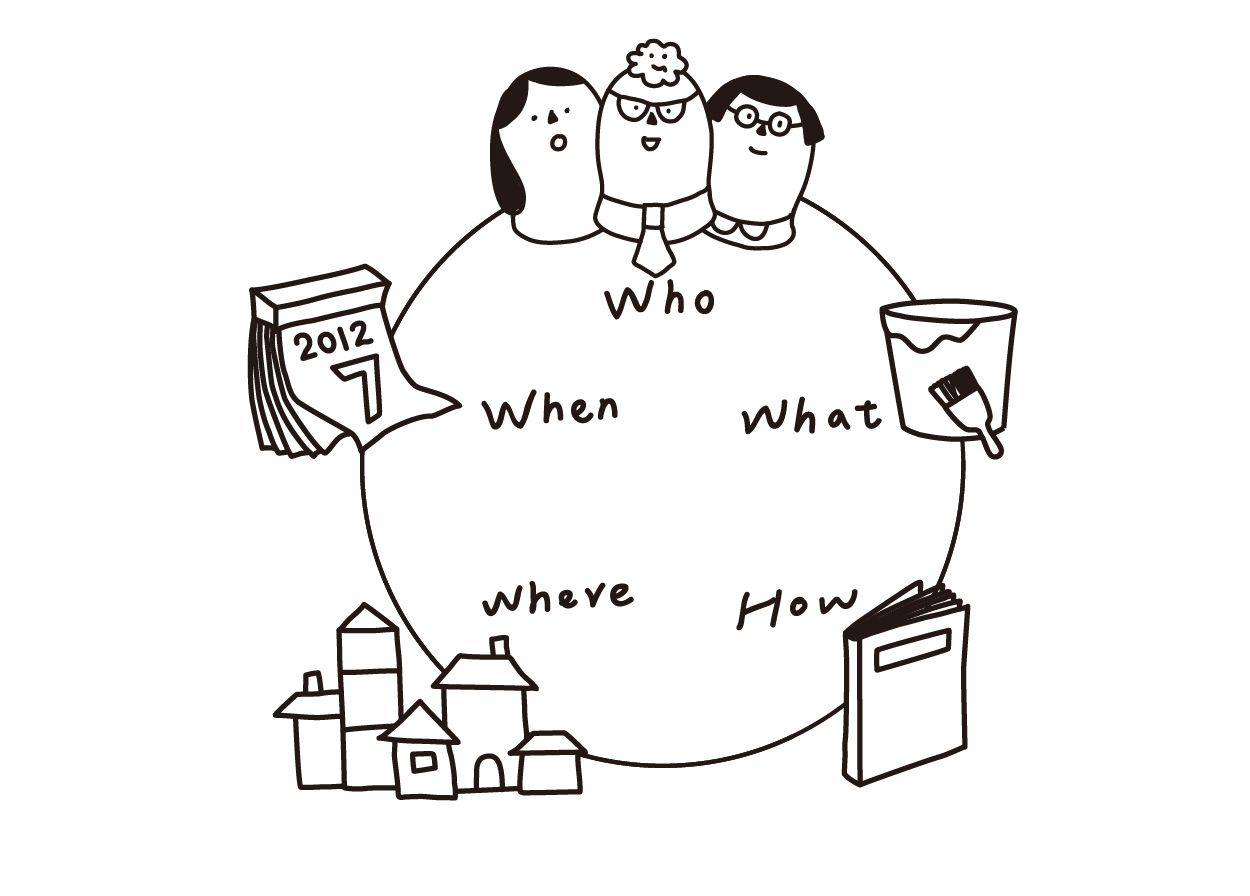
step 1.
擬定目標計畫
根據族群、時間、地區、內容、方法擬定整體計畫
Make a plan: according to races, time, space, contexts and methods.
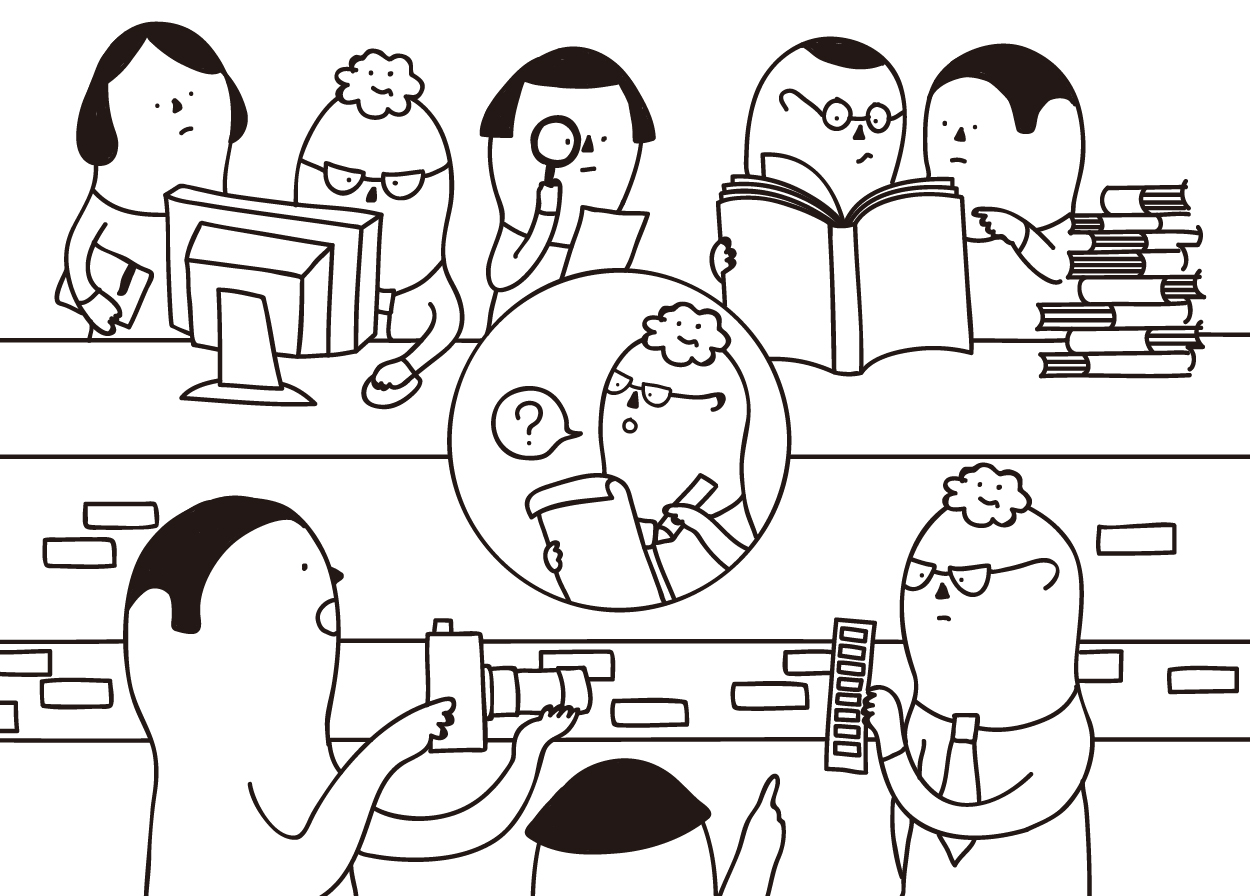
step 2.
收集調查
收集資料 / 對目標地區進行人文、環境資料收集,方法如文獻蒐集、現場初步探勘
整理問題 / 從資料中發現現存環境問題,進而縮小範圍鎖定目標地區,並確定調查項目
深入調查 / 確定調查項目後,進行目標地區之深入調查,方法如深入走訪現場、測色、 問卷調查
Get an overview of the topic.
Collect the information of cultural and environmental resource from a designated place, the methods are to review literature and survey the place.
Find the right problem/ Ask the right question, focus on the designated area and list the specific research topics.
Find the sources of the focused topic/ After determining the focused topic, you start to investigate the place, examine colors of street furniture or operate a survey.
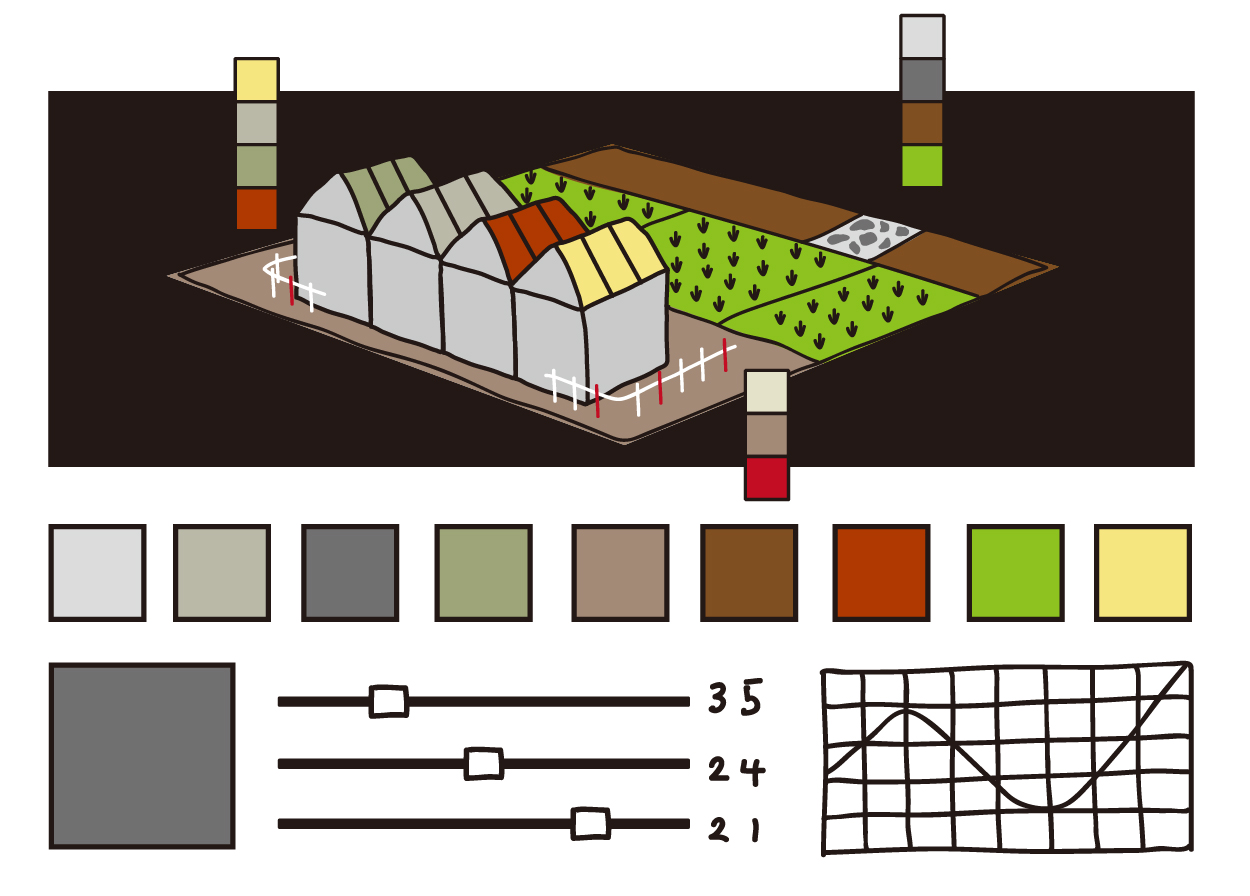
step 3.
分析探討 (環境/ 建築)
根據調查結果,從目標地區的空間、時間和社會層面進行特徵分析,並從文化背景資料,分析環境與建築用色,探討未來發展趨勢
Analyze the research. (Environment/ Architecture)
According to the research result, analyze the features of the target place, from space, time and culture areas; besides, analyze environmental and architectural color using from cultural context, and discuss the possibility of future color of city.
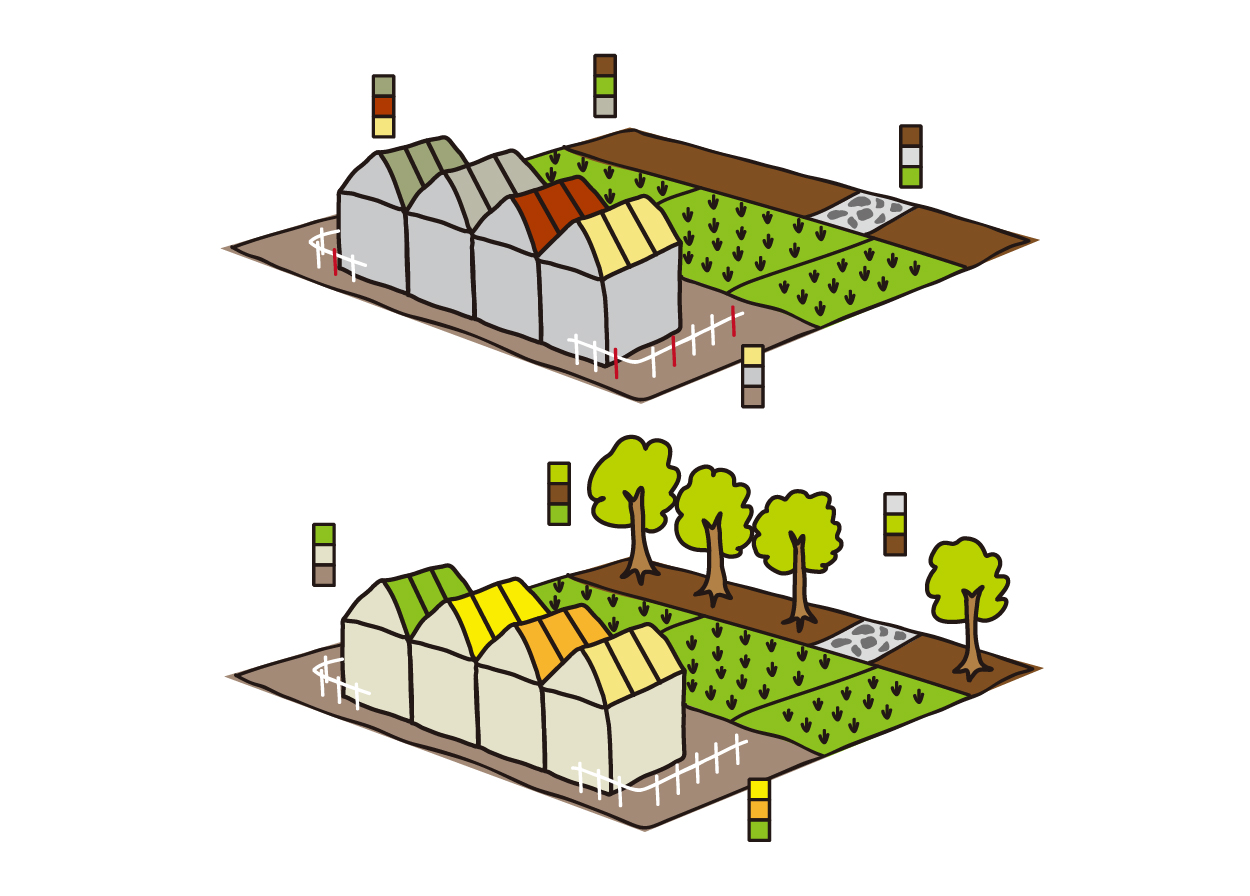
step 4.
確認計畫
a. 以目標地區的整體環境、地域、機能性為出發點,並考量其識別度和發展性,確認色彩計畫
b. 電腦模擬計畫完成圖
Confirm the plan.
a. Make a recognizable color planning which aims at the whole environment, region and community function.
b. Finish the schematic project on the computer.
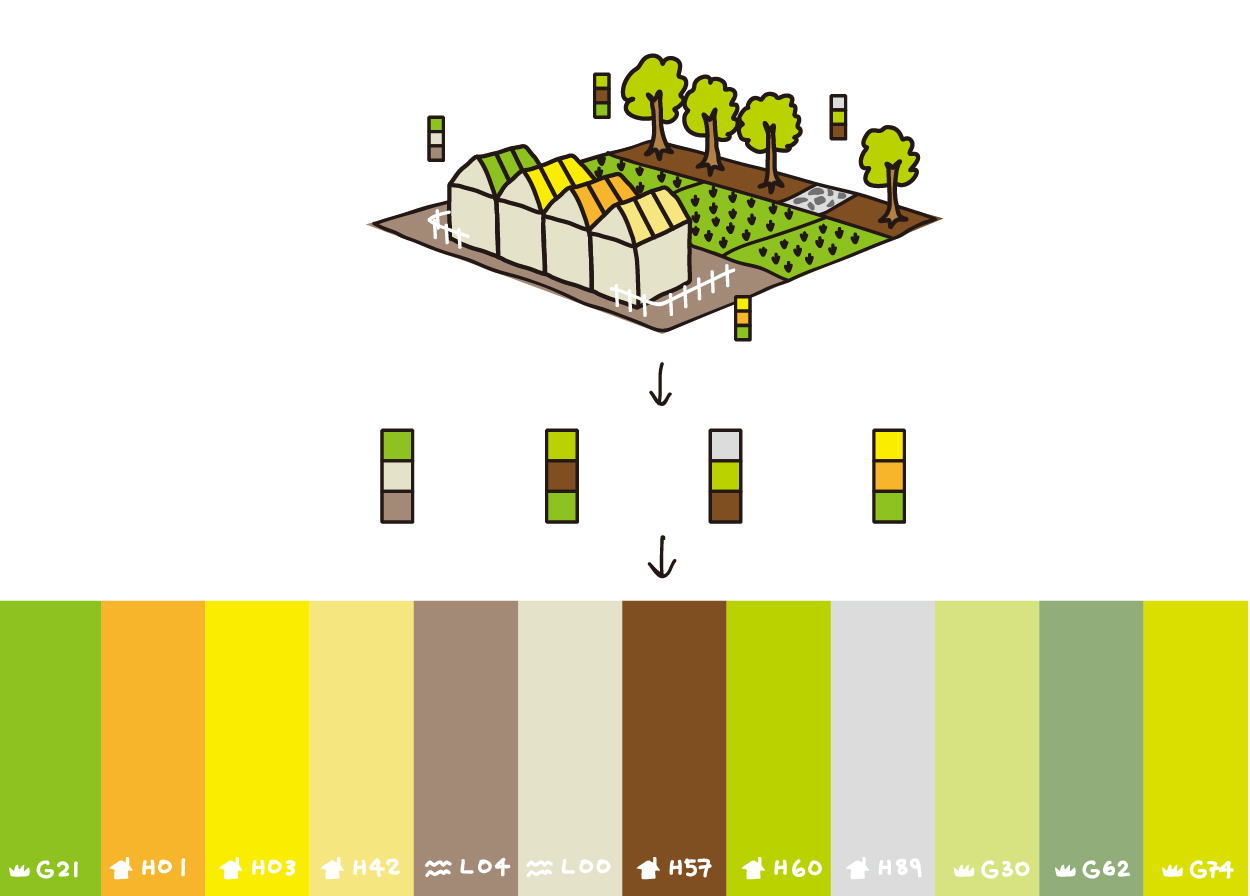
step 5. 決定色彩系統
根據模擬圖結果決定所使用色彩系統
Decide color system
Decide color system basing on the schematic project.
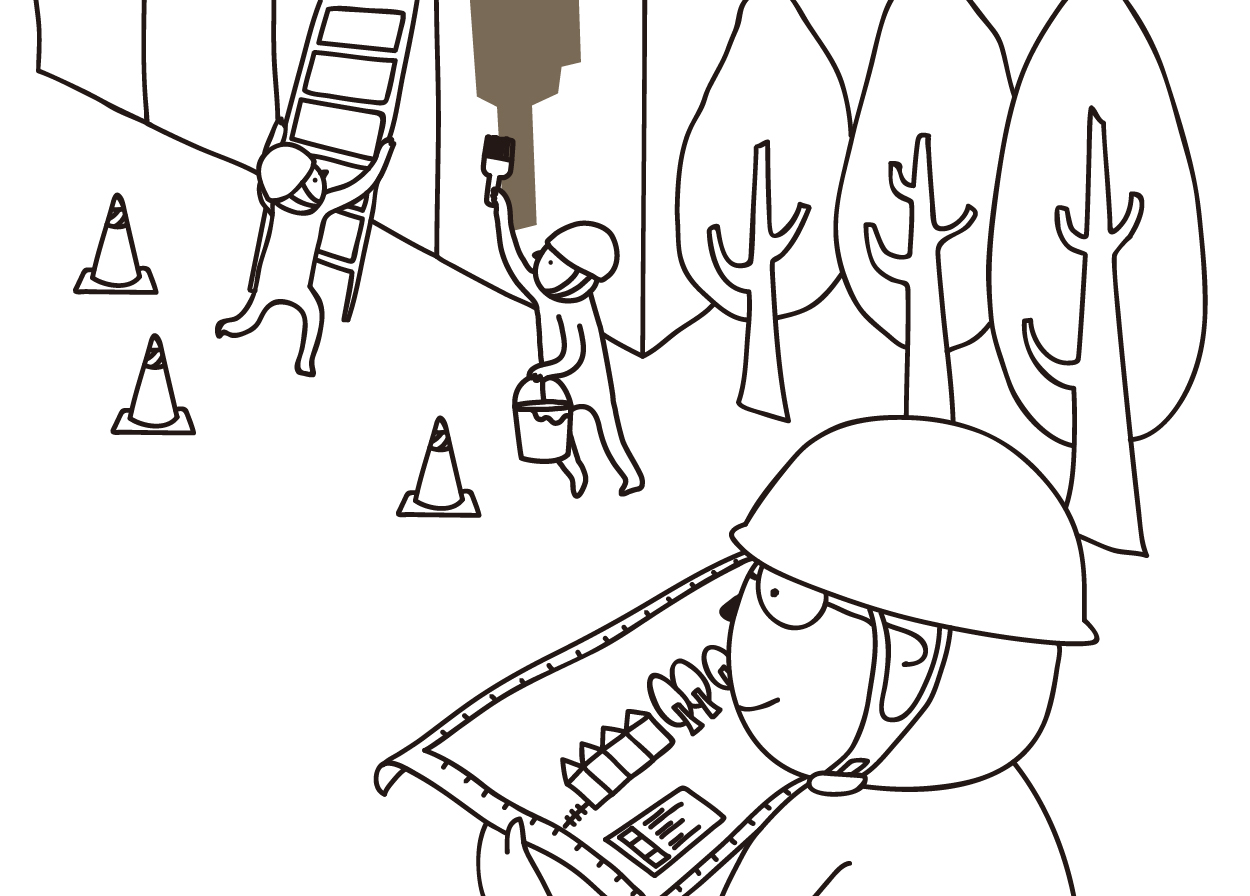
step 6.
施工實行
根據計畫實行色彩環境改造
Operate the plan.
Apply the plan to making a makeover.
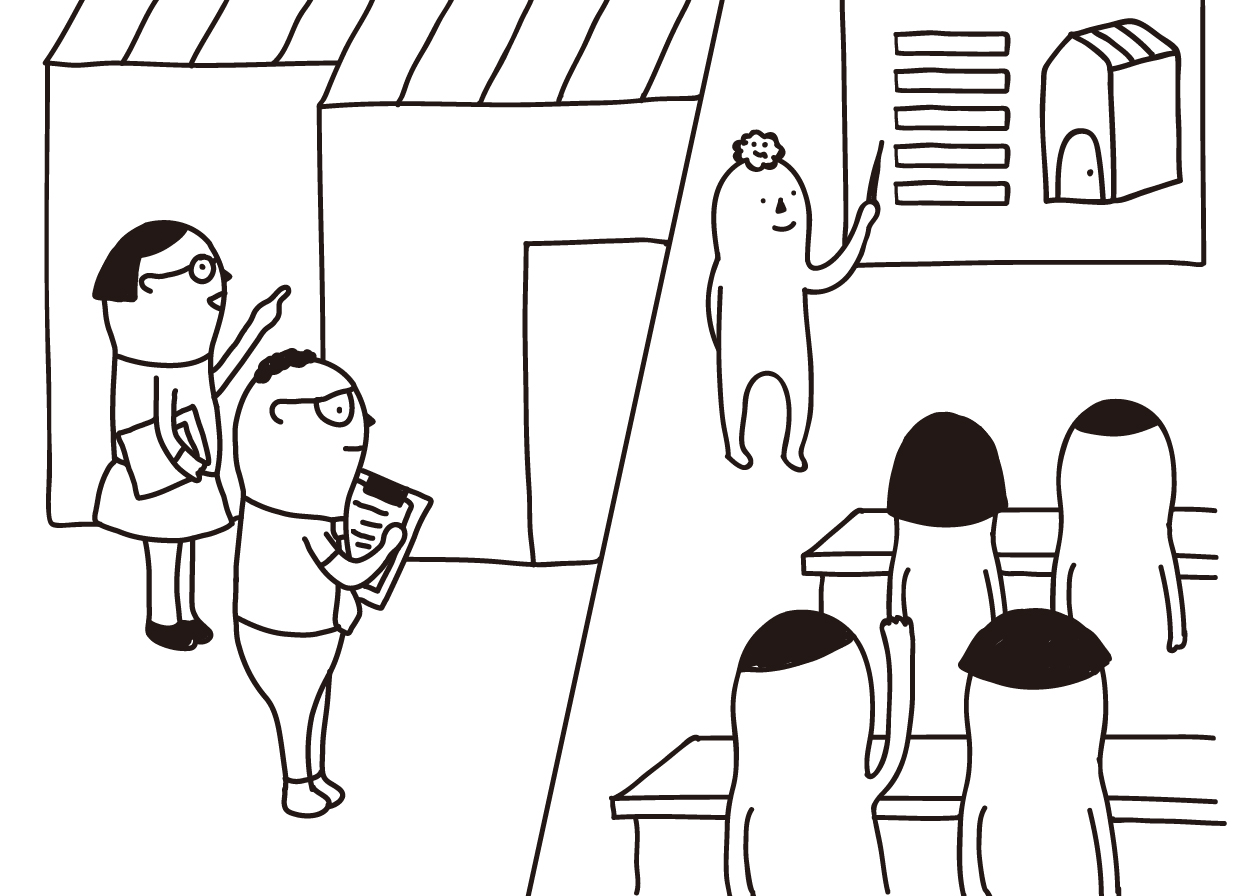
step 7.
評價與發展
a.邀請色彩專家評估檢討,確認計畫改造效果
b.藉由宣傳、教育推廣活動,提昇在地居民與社會大眾對色彩改造計畫之認同
Estimate the project and share experience.
a. Invite color experts to estimate the color planning and the effect of the project.
b. Elevate local citizens’ identity of color planning by promoting the project and sharing the activity in education.
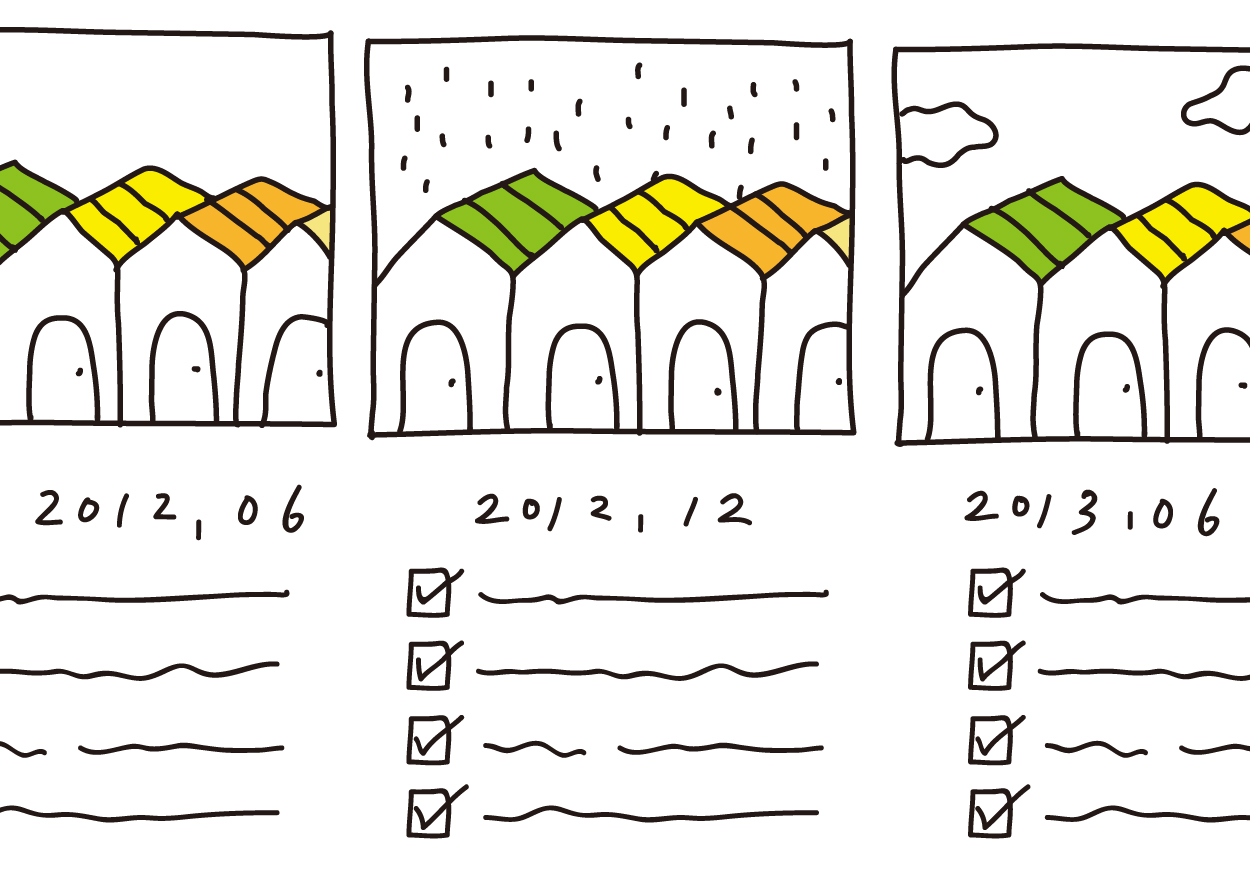
step 8.
追蹤觀察
進行後續觀察和記錄,作為未來計畫發展之學習案例
Keep observing.
Keep observing and recording and make this experience and information as a document sharing with others.
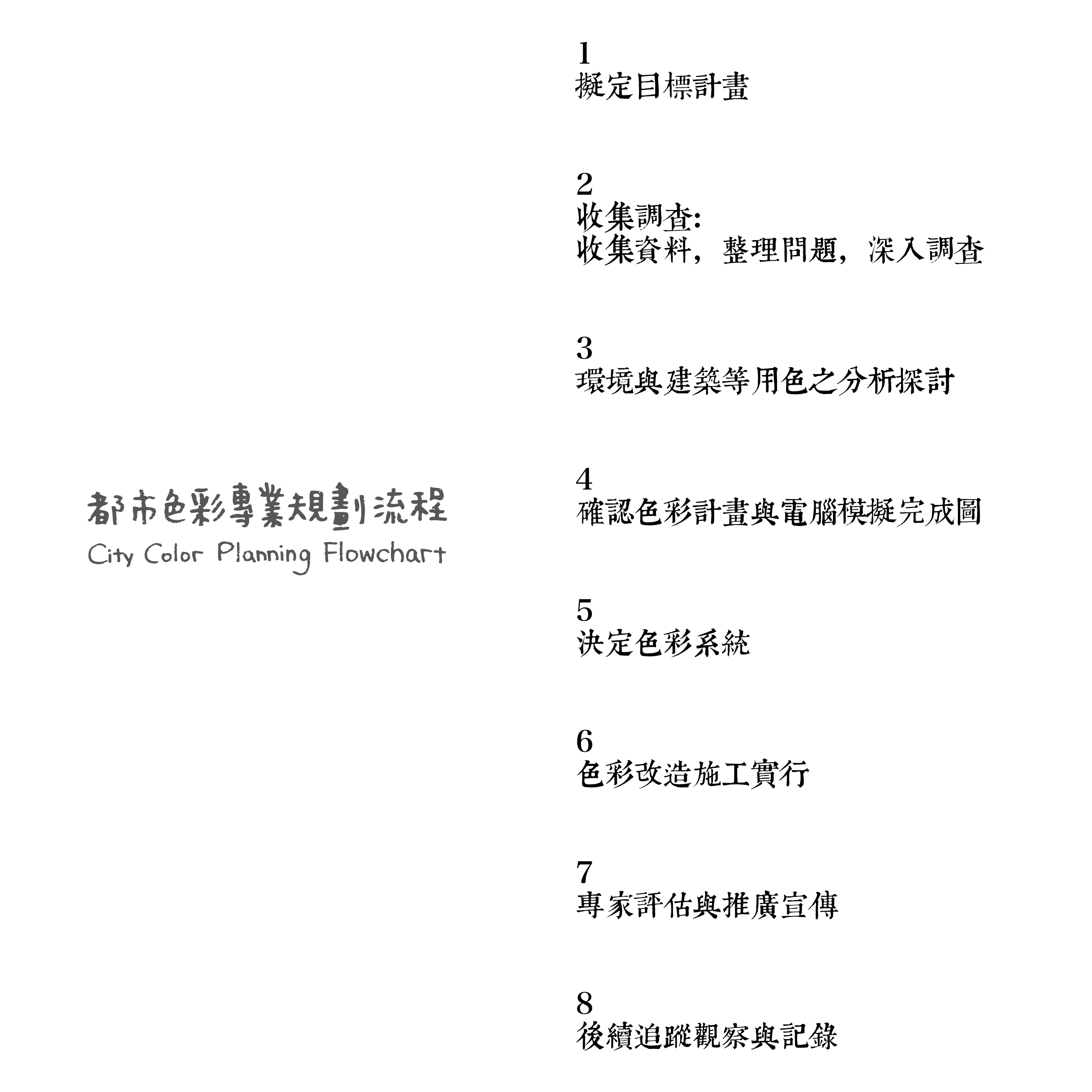
|
